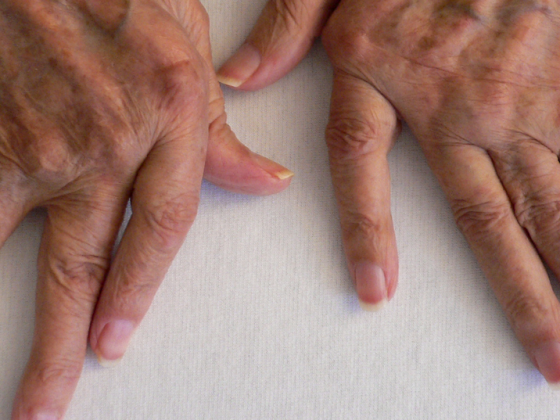Cerebrovascular events occur rarely in neuroborreliosis, but when they do, they can lead to major limitations. Therefore, in cases of acute ischemic insults and MRI changes, neuroborreliosis should be considered and antibiotic therapy should be initiated.
Between 0.3% and 1% of neuroborreliosis patients suffer cerebrovascular events. These manifest primarily as ischemic insults. Patients with a cerebrovascular manifestation of neuroborreliosis usually have a prodromal phase with nonspecific symptoms weeks or months before the first vascular event. The most common acute reason for hospitalization, accounting for up to 76%, is ischemic stroke. Characteristic is the occurrence of multiple apoplectiform events during the course. In almost all patients, a combination of lymphocytic cell count increase and very high protein in the CSF is found. According to guidelines, early antibiotic treatment with ceftriaxone or doxycycline for two to three weeks is recommended. In addition, adjuvant therapy with thrombo ASA and cortisone may be considered. The cell count in the CSF usually remains high for a long time despite a response to therapy. Overall, acute ischemic insults and MRI changes in multiple stromal areas in endemic areas should be considered a cerebrovascular manifestation of neuroborreliosis and further evaluation by lumbar puncture should be performed. A prodromal phase with non-specific symptoms such as cephalea or fatigue for months is characteristic. The additional presence of intracranial aneurysms is another indication of a rare manifestation of neuroborreliosis. If suspected, antibiotic therapy should also be initiated.
Source: Bajons D, et al: Cerebrovascular events and intracranial aneurysms in neuroborreliosis – case report and literature review. Poster presentation DGN 2021. poster: EP120
InFo NEUROLOGY & PSYCHIATRY 2021; 19(6): 34.











